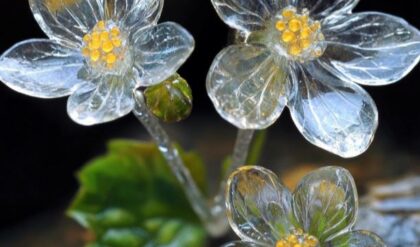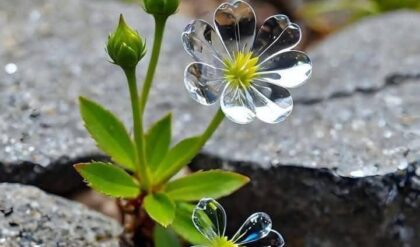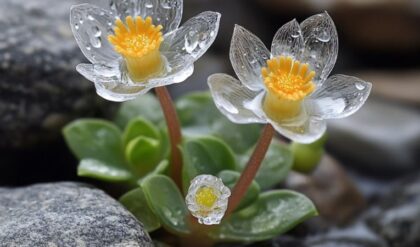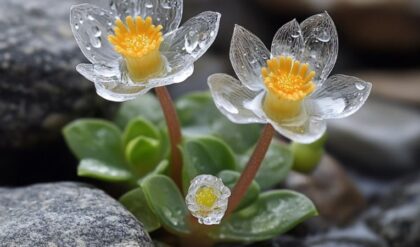Growing hibiscus plants can be akin to nurturing a vibrant canvas of nature, where each flower represents a stroke of artistry in your garden. These stunning blooms, revered for their tropical flair and subtropical essence, require mindful attention and care to flourish. Let’s delve into the essentials of cultivating these captivating plants, embracing not only the basics but also the nuances that could elevate your gardening experience.
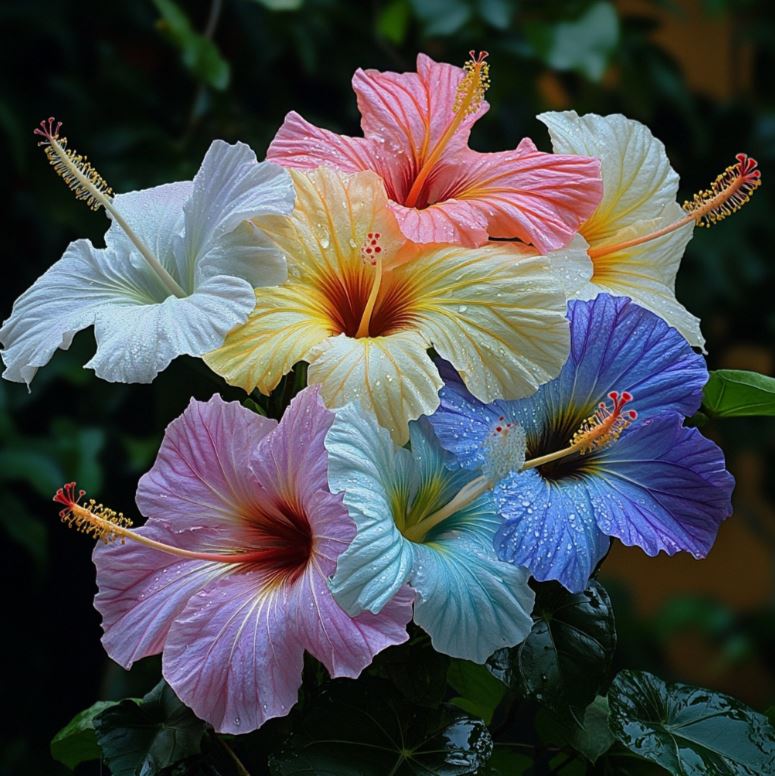
Understanding Hibiscus Varieties
Hibiscus comes in various types, from the hardy varieties found in wetlands to the more delicate species preferred as houseplants. Choosing the right type is similar to selecting the perfect brush for your artistic endeavors. Hardy hibiscus is ideal for outdoor gardens, while tropical varieties thrive indoors or in milder climates.
Optimal Growing Conditions
Soil Requirements
A well-draining, fertile, and moist loamy soil serves as the fertile ground upon which your hibiscus dreams will blossom. Think of the soil as the habitat that nourishes both body and soul; it must be rich in nutrients yet allow excess water to escape. This balance prevents root rot and ensures healthy growth .
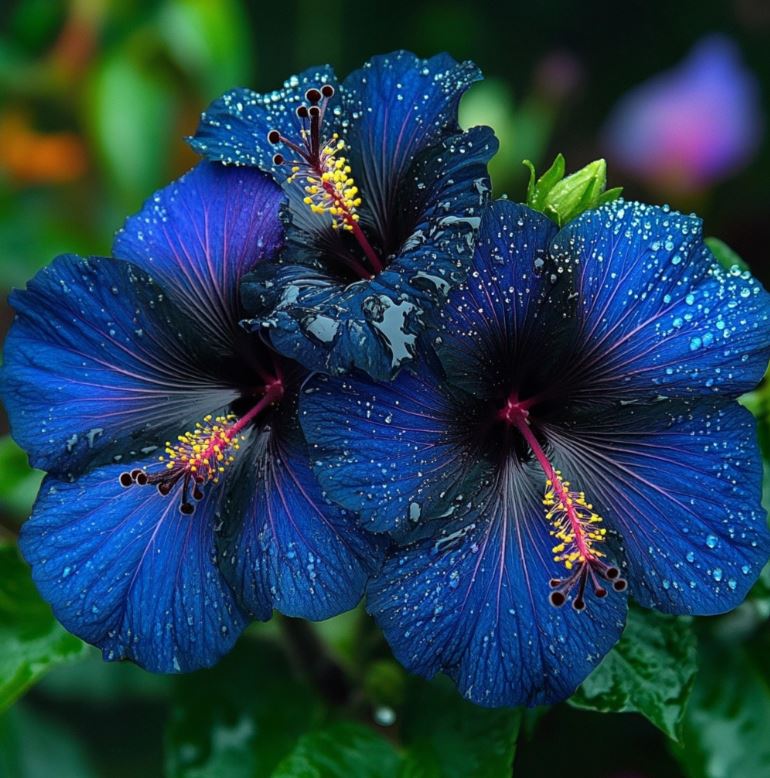
Sunlight Exposure
Sunlight acts as the essence of life for hibiscus plants. Ideally, they should bask in at least six hours of direct sunlight daily. Imagine a yoga practice in the warm sun; the influence on one’s vitality is profound, similarly impacting hibiscus blooms. Insufficient light may lead to sparse flowers—transforming your vibrant palette into a muted hue .
Planting Techniques
Starting from Seedlings or Seeds
The easiest route to growing hibiscus often begins with seedlings, much like starting a story from its eagerly anticipated climax. Alternatively, growing from seed or cuttings, while slightly more challenging, offers the enchantment of witnessing the entire journey from germination to blooming . In this context, patience becomes your most valuable tool.
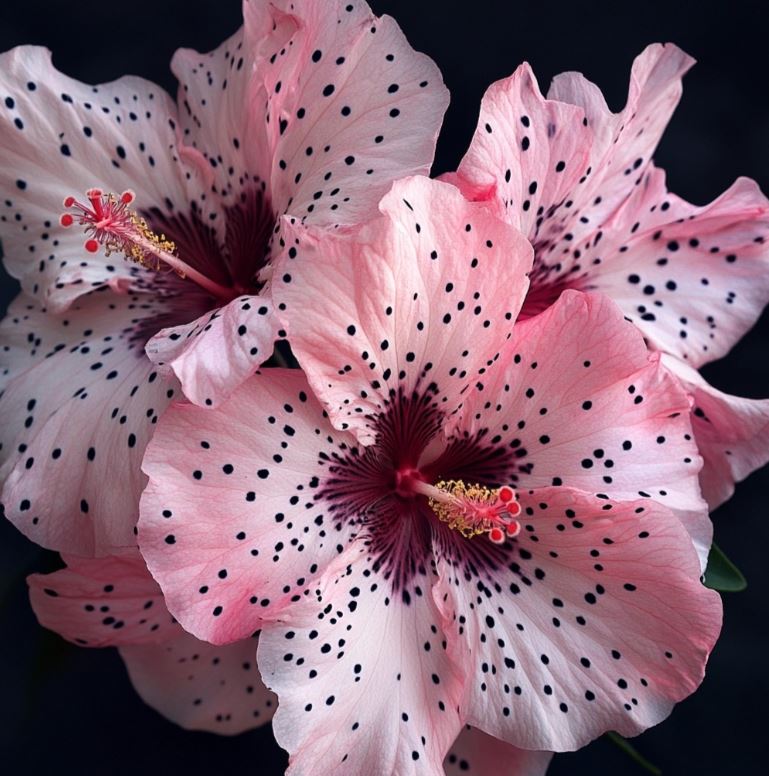
Watering and Fertilization
To cultivate robust hibiscus, consistent moisture is essential. However, over-watering, akin to drowning a cherished novel in coffee, can be detrimental. The key is to strike a harmonious balance, allowing the top layer of soil to dry out before the next watering session. Fertilizer adds another layer to this narrative—consider it a plot twist that invigorates your plant. A balanced, slow-release fertilizer during the growing season promotes lush foliage and bright blossoms .
Pruning for Perspicacity
Pruning plays a crucial role in managing the health and aesthetics of your hibiscus. Regular removal of dead or damaged branches instructs the plant to focus its energy on producing stunning new growth—much like revising a draft to polish ideas into clarity . Be sure to trim judiciously after blooming, preparing your plant for the next cycle of splendid blooms.
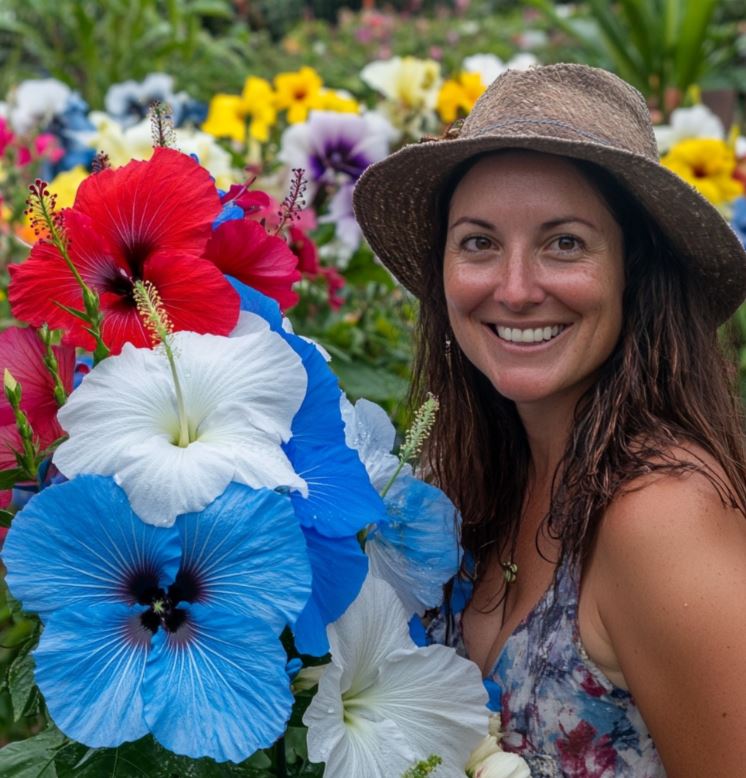
Environmental Factors
Moreover, consider sheltering your hibiscus from harsh winds, similar to shielding music notes from cacophony; a gentle breeze might suffice, but gales can wreak havoc. Moreover, if growing in containers, ensure they are made from a material that maintains an optimal temperature, keeping roots warm yet airy.
By blending these elements thoughtfully, your hibiscus won’t merely exist but will instead thrive—not just as a plant, but as a co-creator of the nature-inspired haven you envision.
